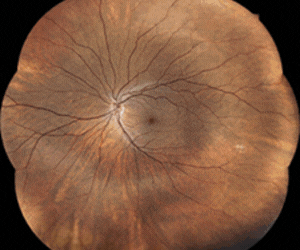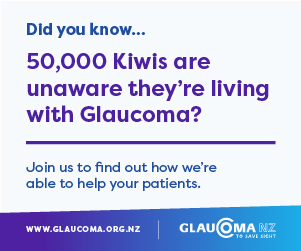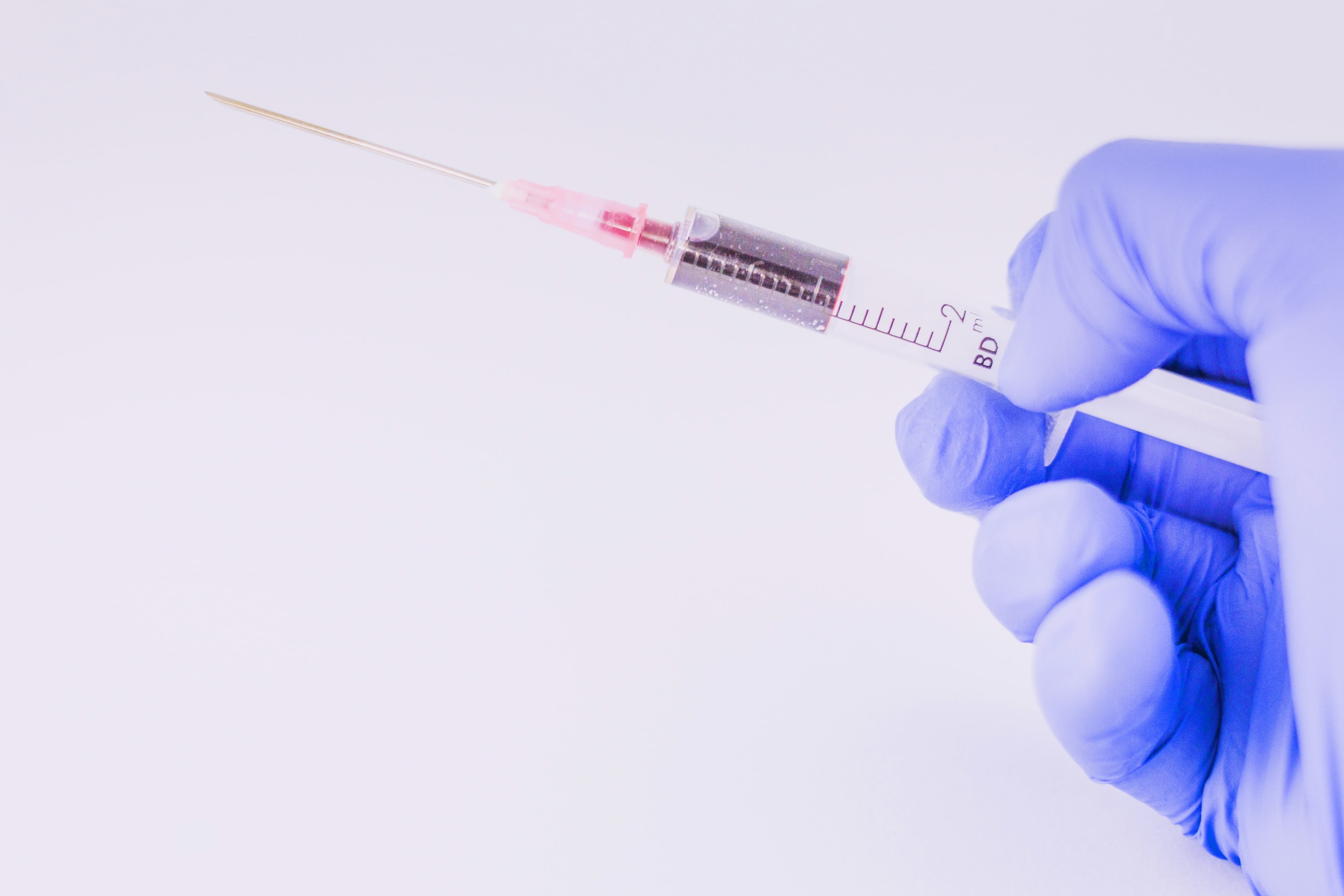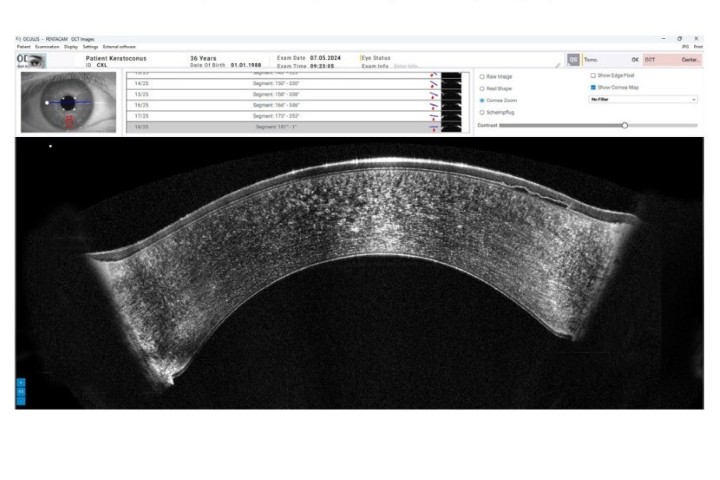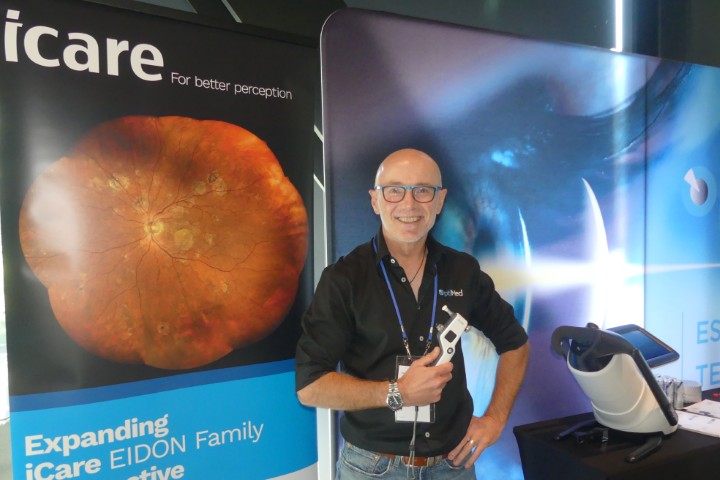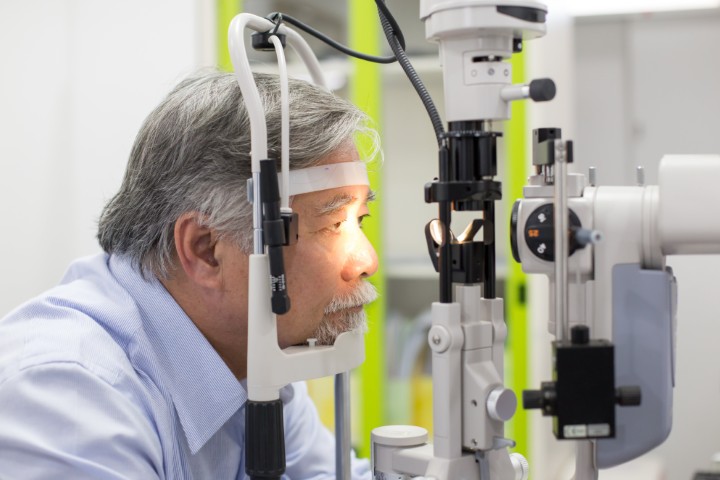Blood test for melanoma?
University of Queensland scientists have discovered markers in the blood that can differentiate between a benign mole and a melanoma, while also identifying if the cancer has spread to other areas of the body.
The research, published by Translational Vision Science & Technology, found the blood test could monitor very early signs of the disease. “This blood test was able to detect the difference between a benign mole located at the back of the eye and a melanoma in the eye,” said lead researcher Dr Mitchell Stark. “Moles or naevi in the eye are common but can be difficult to monitor because changes to their shape or colouring can’t always be seen as easily as on the skin.”
The panel of biomarkers used in the test was first developed by Dr Stark to detect melanoma on the skin. In this study, blood samples were collected from people with either benign naevi or melanoma in the back of their eye, in addition to a small number of metastasised cases. The samples were then tested against the panel of microRNA biomarkers to distinguish the stage of disease.
With further development, the blood test has the potential to be used as a monitoring tool by optometrists, GPs, and specialists, said Dr Stark. “If someone went to their optometrist for a regular check-up and a mole was found, you could have this blood test at each routine visit to help monitor mole changes. If the biomarker in the blood had increased, it might be an early warning sign of melanoma.”






